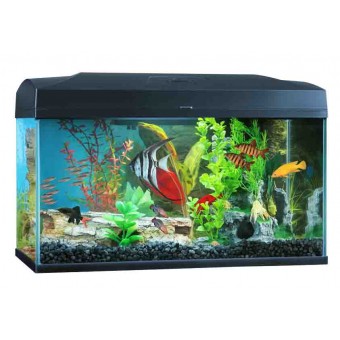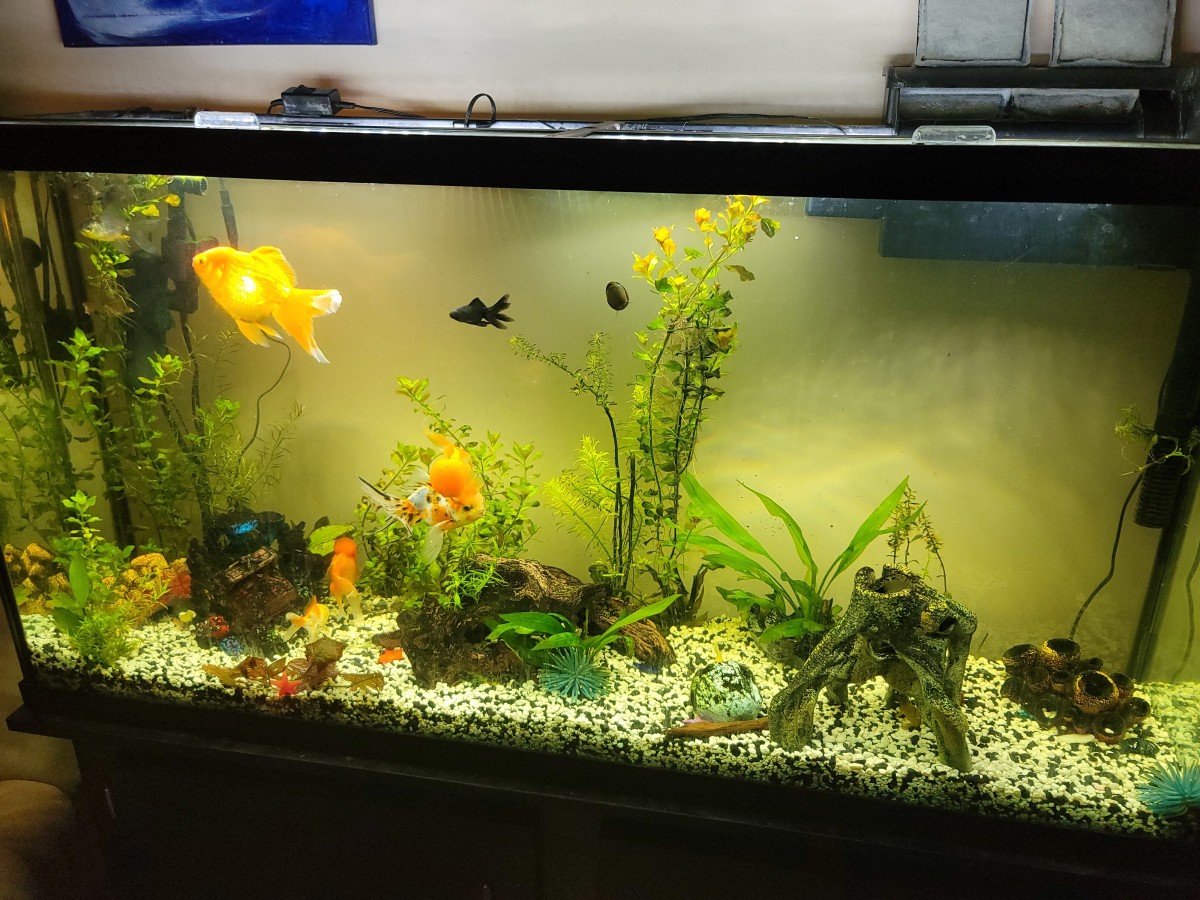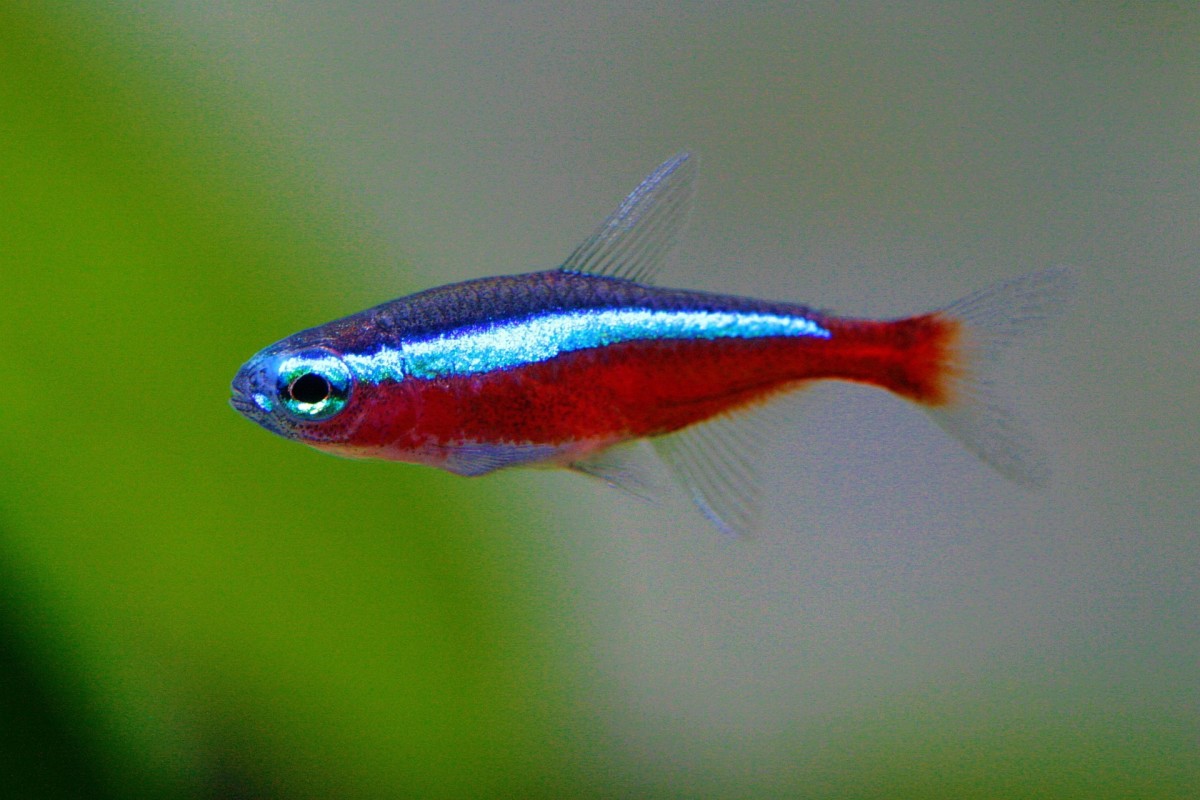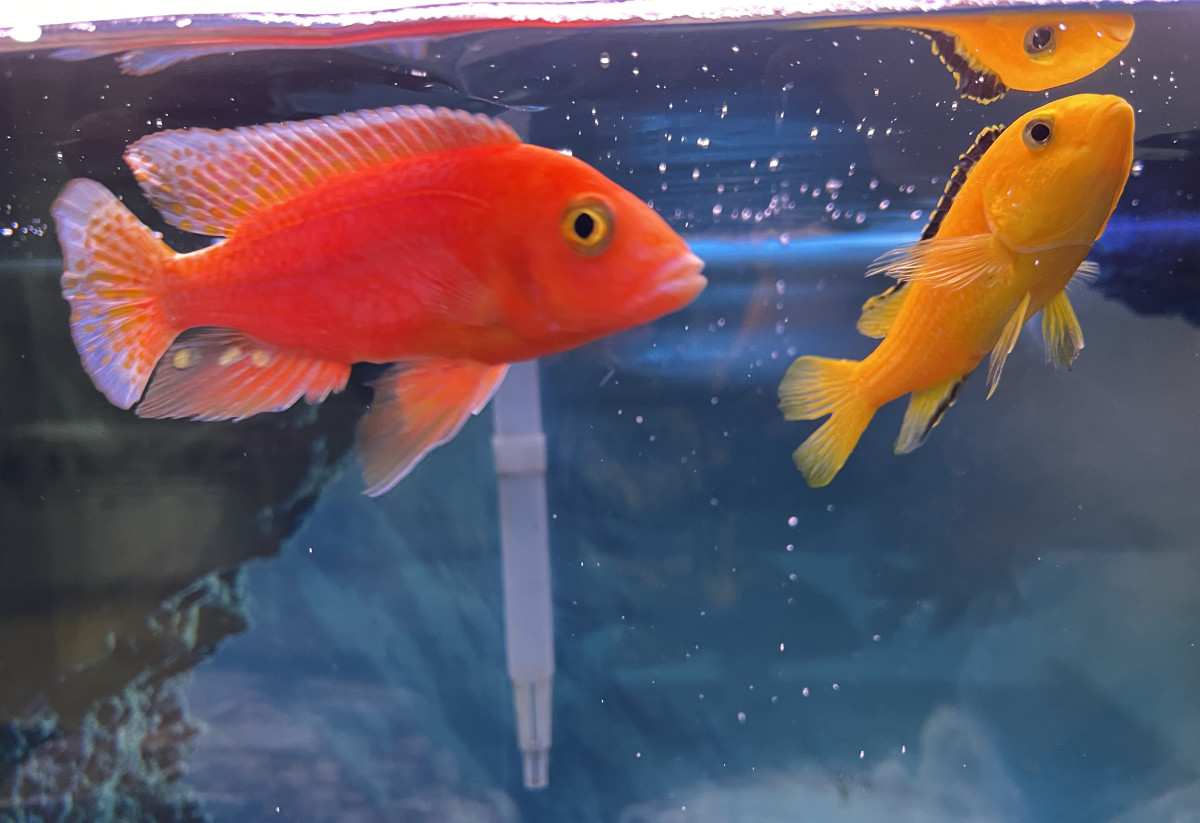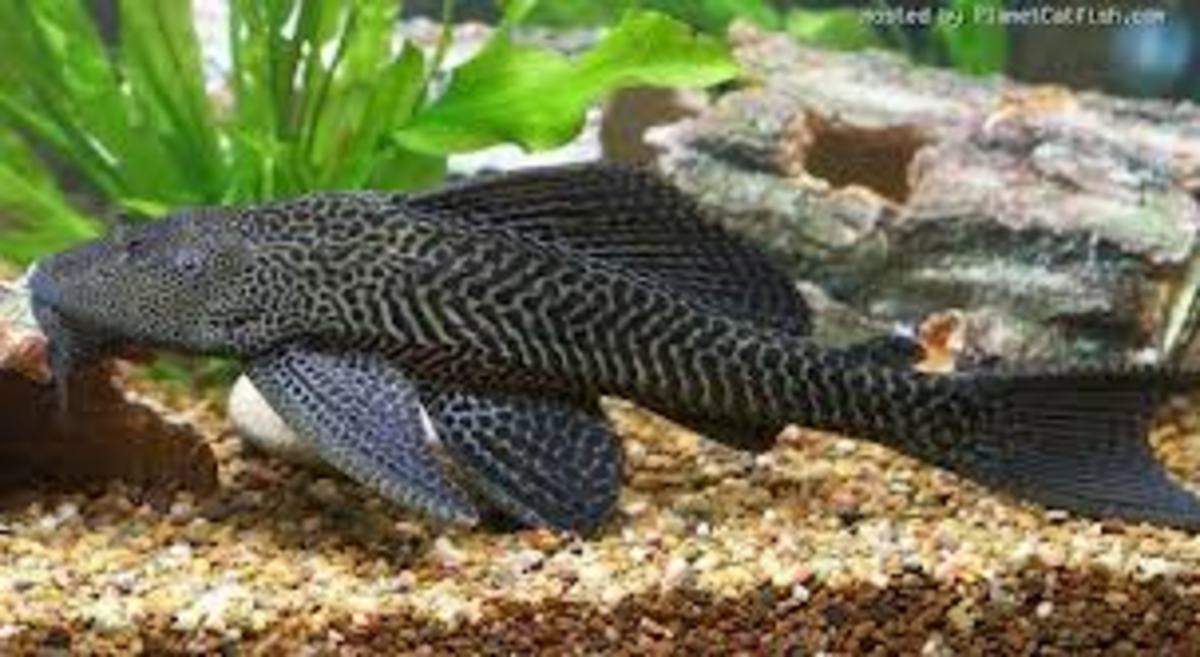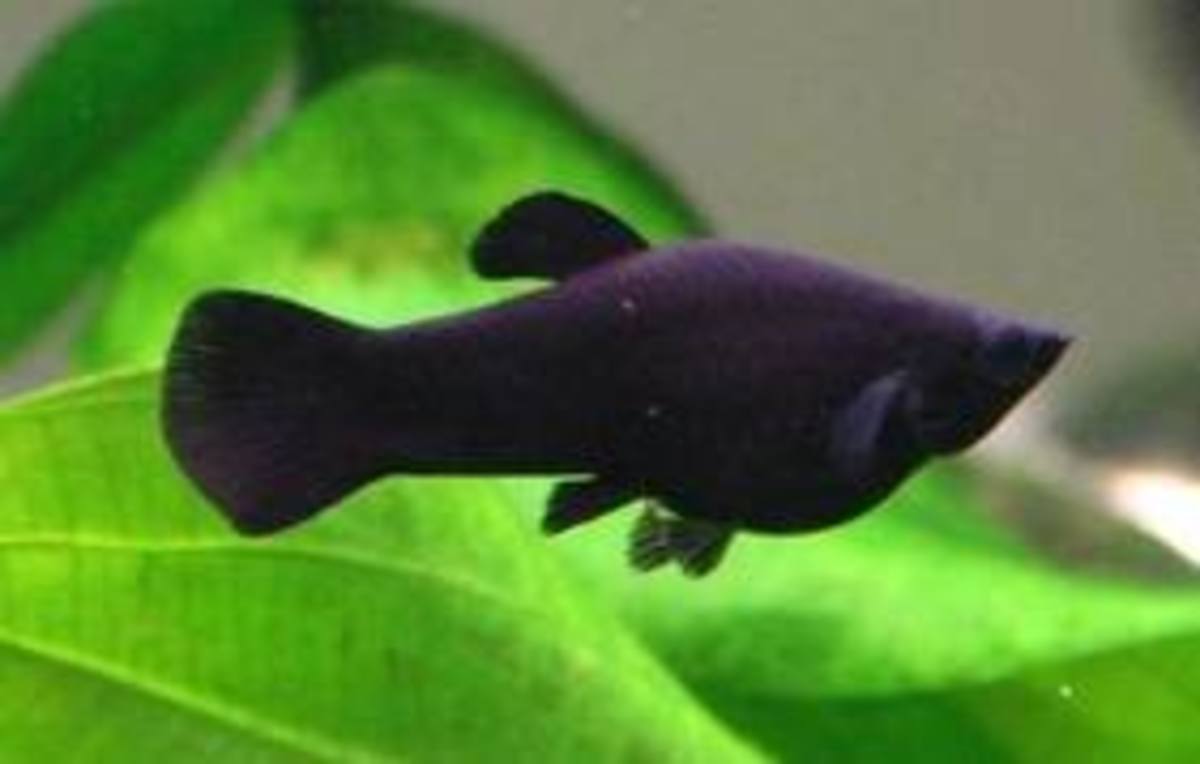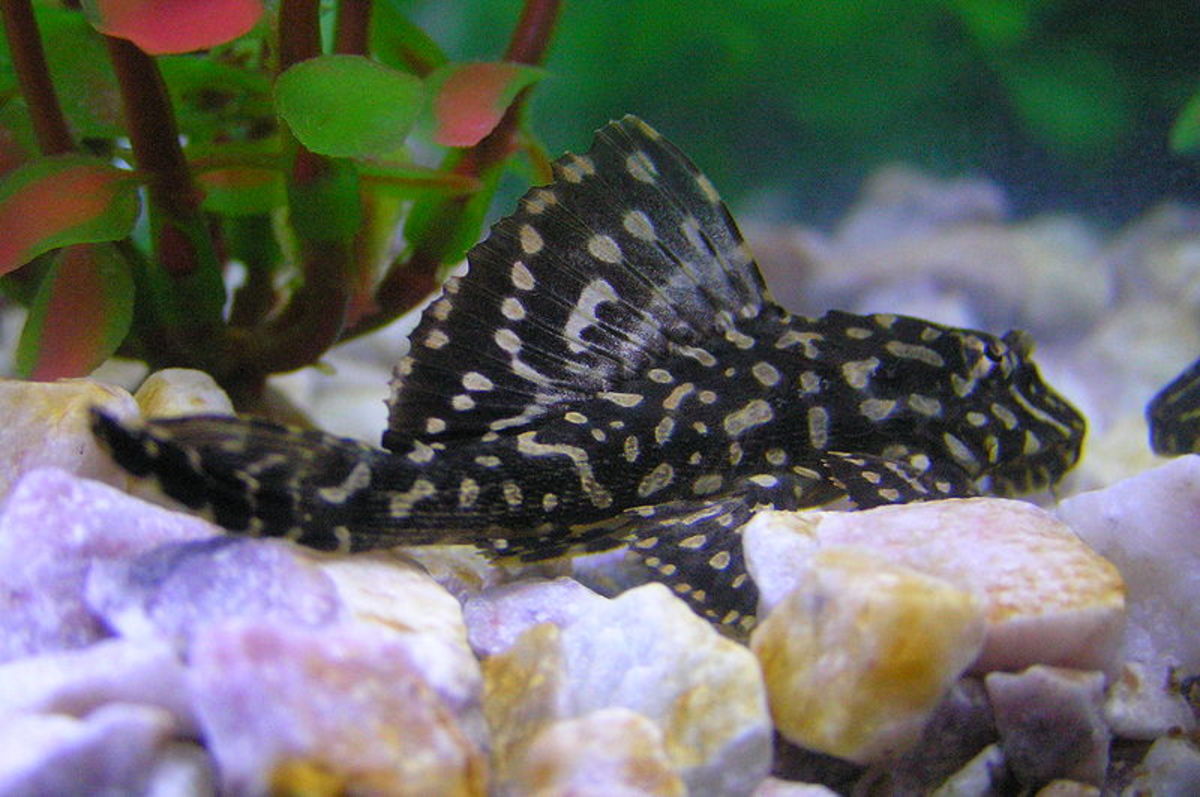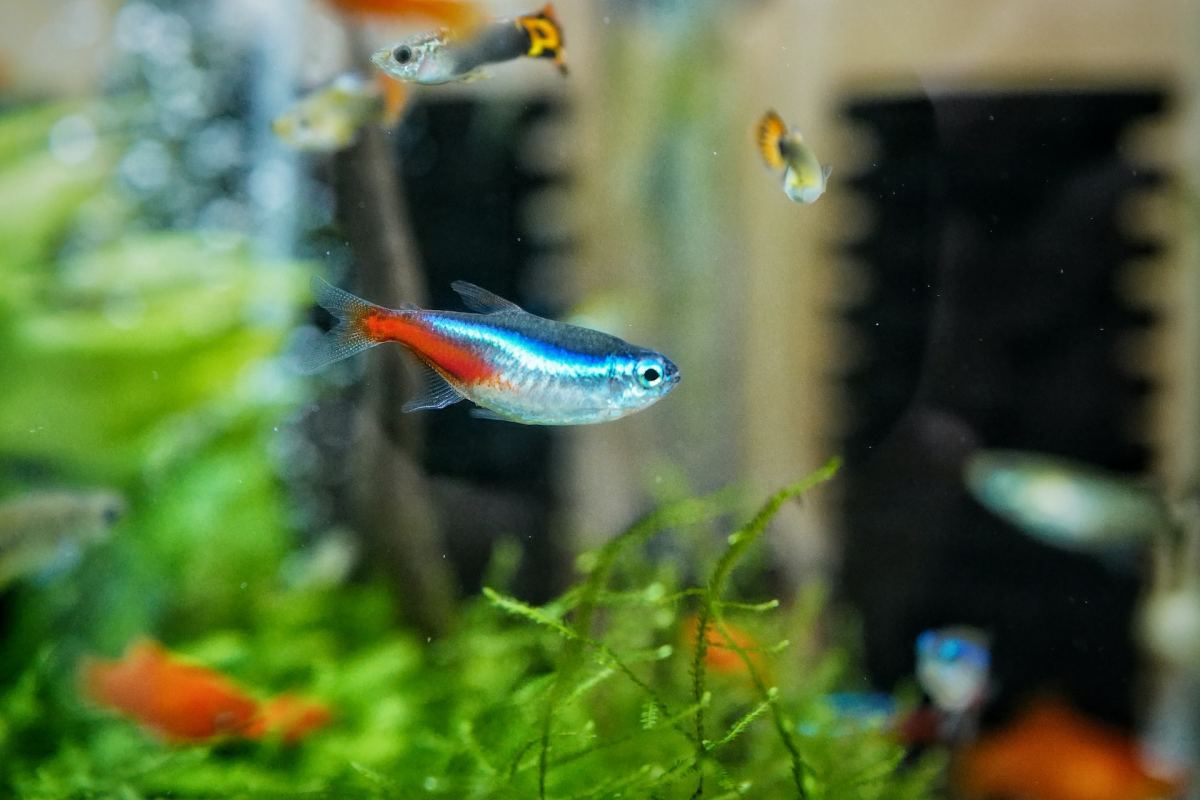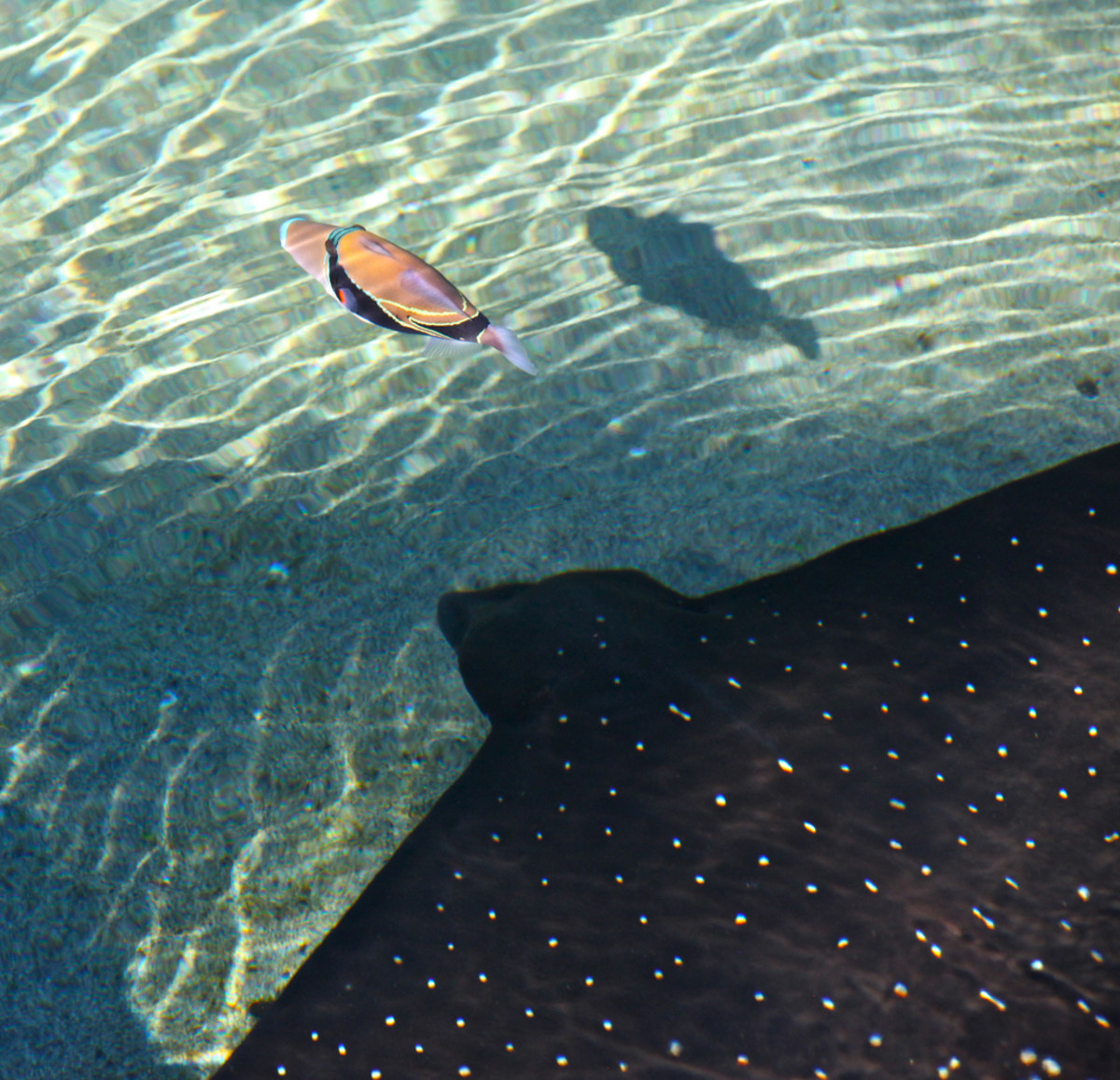Building an Aquarium
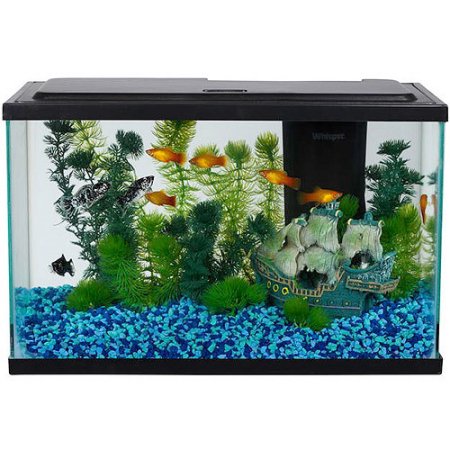
Size Guidelines
First things first, be sure that you know the size of tank you need to house the fish you are looking to own. The common guidelines for choosing the right size tank correlate to the surface area of the tank and the size of your fish. Typically, it is best to allow between 20-30 square inches of tank per inch in length of your fish (not counting the tail). It is important to ensure that there is plenty of room for your fish to swim around, especially if you have multiple. While this measurement really only factors in the length of fish and not the width, it is a solid starting point to determine the size of tank needed. Be sure to do adequate research on the types of fish you are hoping to purchase in order to understand how the fish grow in order to be sure you have adequate space for them as they age.
The Tank
In terms of purchasing the tank needed to build the perfect aquarium for your fish, you can usually find them at almost any pet store, or can order them online through a pet store or Amazon. Some people, however, enjoy a little challenge in the creation of their aquarium and choose to build it themselves. In order to do this, you will need five pieces of pre-cut glass (and remember to keep in mind the size as I mentioned above), nontoxic silicone sealant, carbide sandpaper, and duct tape. This can also be a timely project, so make sure you have a few hours to spare to complete it! Be sure to understand the thickness needed for your glass walls when building the tank, and these are what support the weight of the water. Aquarium glass calculators can be found online to determine the thickness needed for your ideal tank.
Popular Opinion
Would you rather purchase a pre-built tank or build your own?
Supplies
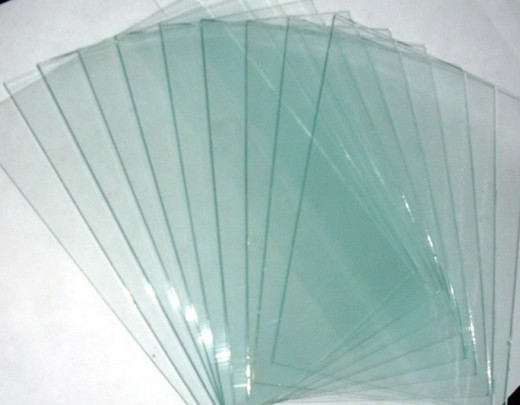
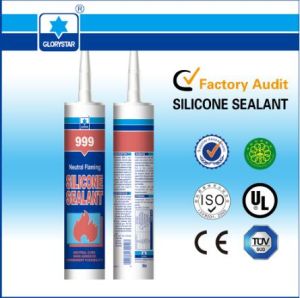
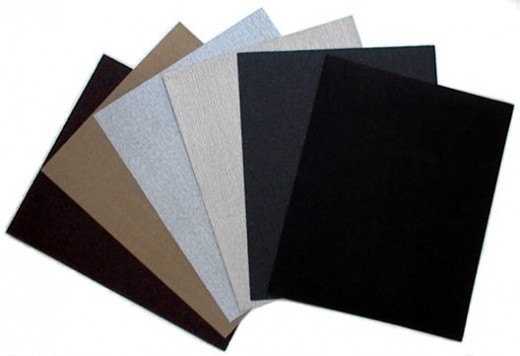
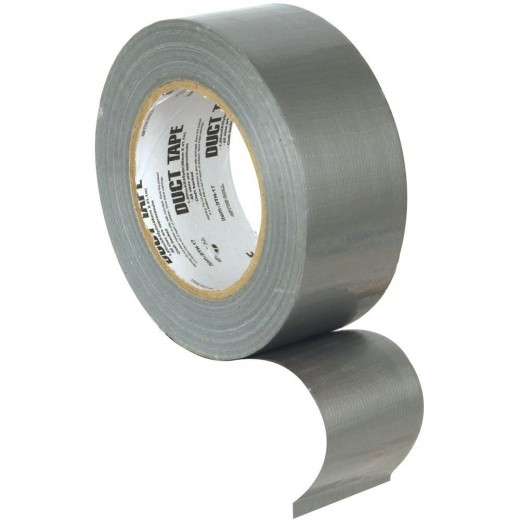
Build-your-own Tank
Once you have the correct size glass pieces, use your sandpaper to smooth all the edges. This can allow you to handle the glass safely, along with ensuring that there are not any sharp pieces sticking out into the tank. Be sure to thoroughly clean the glass pieces to remove any residue. Once your glass is all set to build, lay the pieces out in the layout you are planning to build. Be careful, as we all know how fragile glass can be and one wrong move will lead to a dangerous mess. Have the bottom piece of the aquarium lying flat on your work surface, and push your first side piece flush against it. Use the silicone sealant to seal the pieces together, and use the duct tape to hold them in place. Repeat this same process for all of the sides, adding the sealant along the corners between side pieces, until each side is attached.
Allow your tank to sit out to dry for at least two to three days to ensure the sealant is completely hardened. Double check that none of the pieces begin to pull away from each other by gently tugging on them. Feel the sealant areas to ensure there are no sticky parts. Once you are sure that your tank is strong and dry, fill it with water to check for any leaking. If there is no leaking, you are ready to build the inside!
Flooring
The first part of the inside of your aquarium would be the gravel. Be sure to know the types of fish you are looking to purchase, and know if there is a certain aquarium floor that they thrive the best in. Fill the bottom of the tank with the gravel (I would recommend about three to five inches deep) and then fill it about one third of the way full with water. When pouring in the water, it can be helpful to use a plate so that the gravel does not get displaced from the pressure. Be sure to de-chlorinate the water if you are taking from the tap.
Types of Gravel
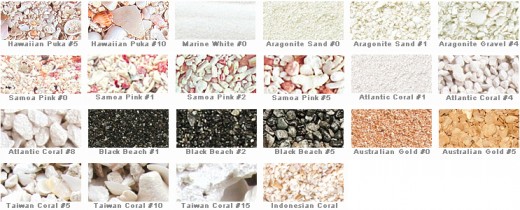
Air Flow and Decoration
Next, install the airline tubing from your air pump to any air outlets that may be inside your tank. Be sure to have a check valve included to allow you to safely locate the air pump. Once this is installed, it is time to decorate! You can place plastic or living plants into the aquarium. It is usually best if these are used to cover up any equipment. Once your tank is decorated to your liking, add the rest of the water. Be sure to leave some air space between the top of the water and the cover of the tank.
Now, it is time to set up the filtration system and cycle through the new tank. This allows the healthy bacteria to grow on the new filtration system and remove any dangerous toxins. Additionally, be sure to attach a water heater to ensure the temperature is adequate for the fish you have living in there. Secure the heater by the water flow and place the thermometer as far away as possible. Next, plug in the air pump, filter, and heater and allow them to run to ensure that they are all functioning correctly. Wait at least twenty four hours before adding fish into your aquarium to ensure it is working properly. If the water in the aquarium is a little cloudy at first, that is OK! This happens due to a harmless bacteria growing and will disappear on its own.
Air Pump and Filtration
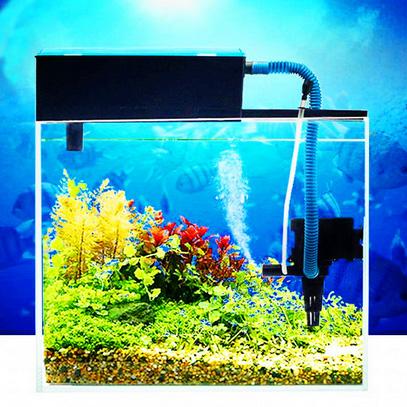
Final Reminder
If you follow the above steps, you will have the perfect aquarium for your new fish friends! Again, make sure you do the adequate amount of research to ensure you have the right materials for the types of fish you are hoping to get. Congrats on being a proud fish owner, and enjoy your mini ocean!
